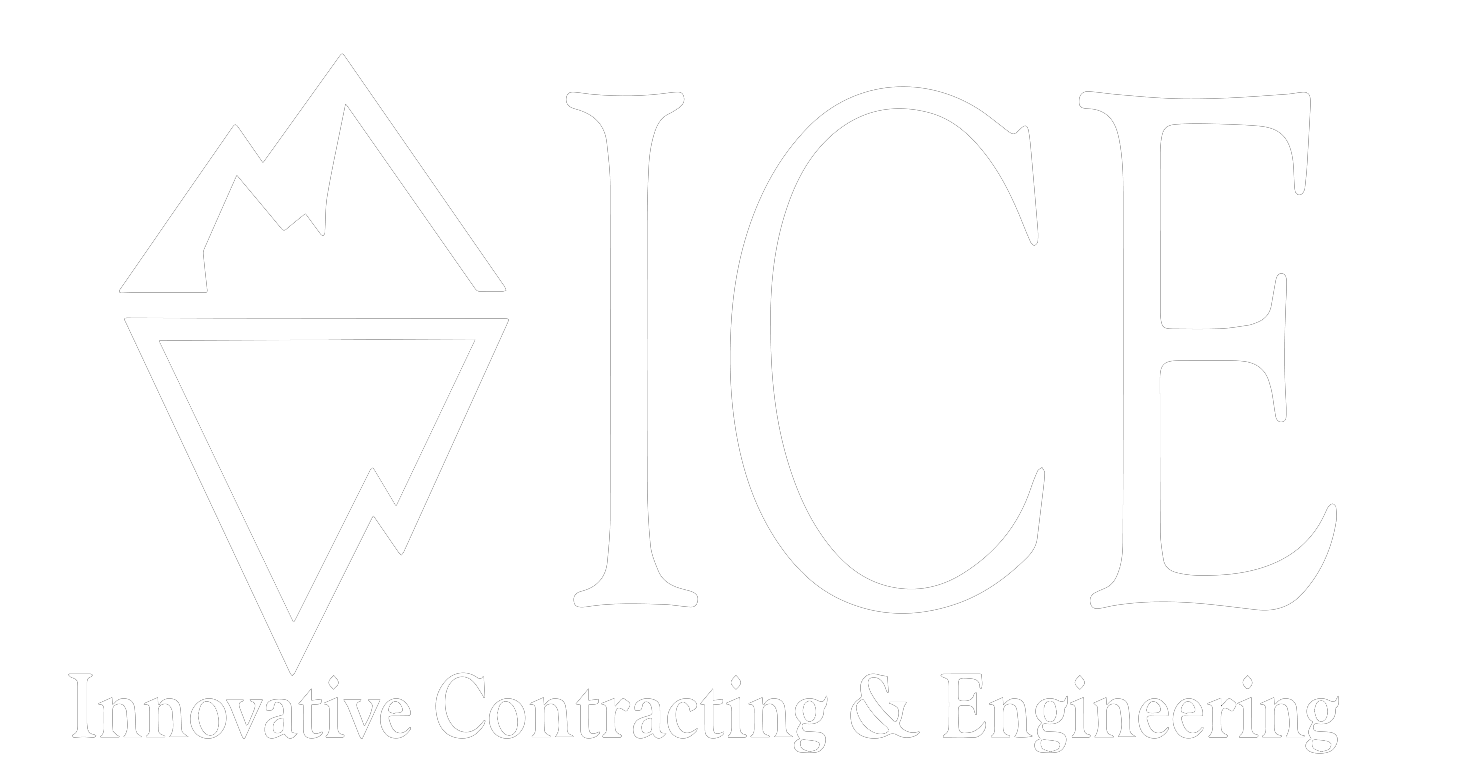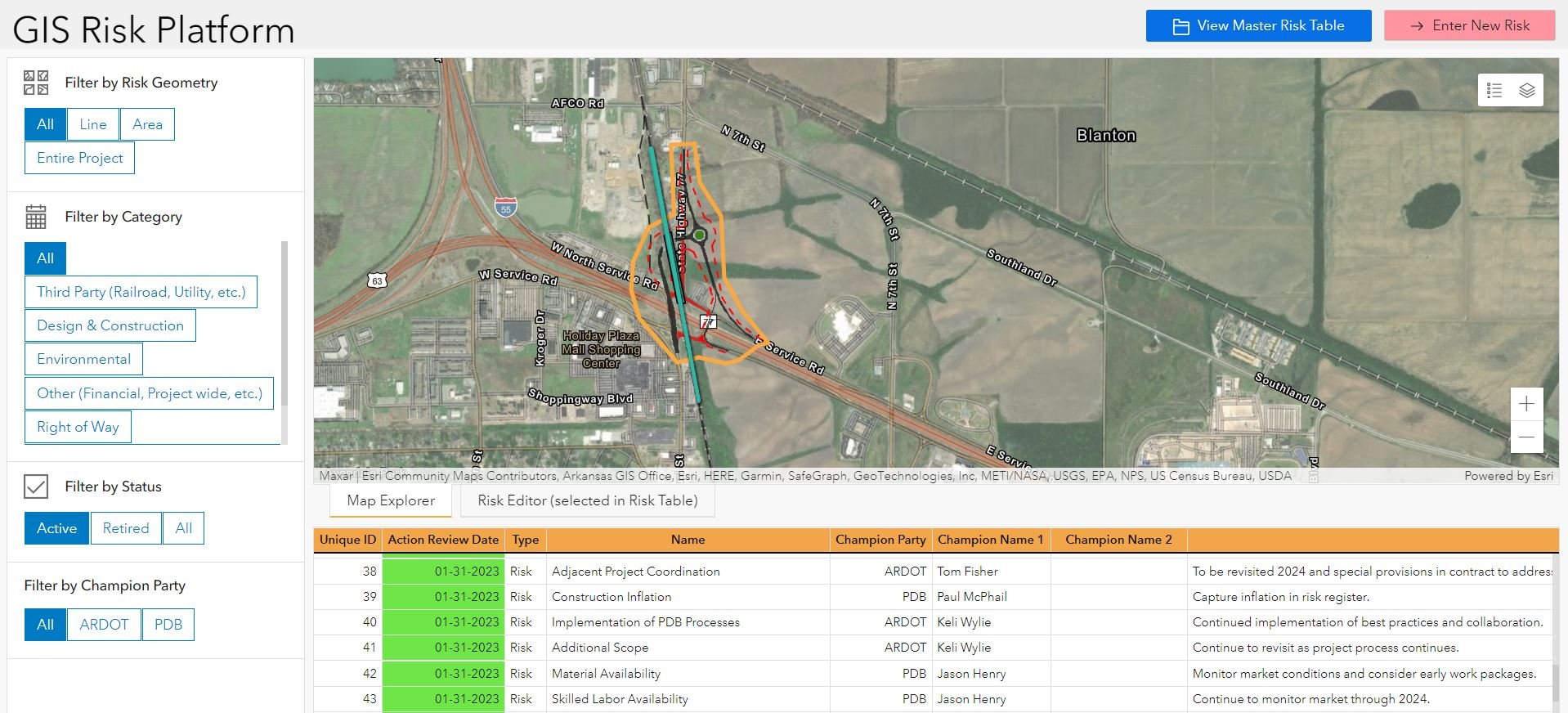Meeting Project Risks & Challenges
Risk is arguably the largest factor in the success (or failure) of a project. An accurate understanding of project risk is the key to making good decisions about the options owners have when selecting a contractor. You can always go the traditional Design-Bid-Build route, or you can opt for an alternative delivery method like CMGC/CMAR or Progressive Design-Build. The challenge is knowing when to use alternative delivery.
So often, the default is the DBB method because it’s traditional, well-known, and seemingly offers a lower price. However, it’s well documented that once you factor in change orders and claims, DBB is often the more expensive delivery method. Factoring risk into a DBB budget is often done inadequately because when you award the bid to the lowest bidder you may, or may not, get the expertise required to handle the project challenges. So, why is DBB still in use? Because for many jobs it does work well. When you have a less complicated, predictable project with a strict budget and a flexible completion schedule, it’s great. However, in the current market conditions we all work in today, that is not often the case.
In today’s world of rising prices, supply chain issues, and complex environmental and political conditions these issues are putting increased pressure on owners. This is where alternative delivery methods like CMGC/CMAR or Progressive-Design Build are the answer. But, what are the hidden factors that an owner considers when a complex and challenging project goes out for bid? It’s been our experience here at ICE that the overall cost of a project is never what the owner really objects to. It’s a lack of cost transparency and cost defensibility that’s the aggravation. Nobody likes to work through a smoke screen. The strategy to alleviate the smoke is solid risk identification and aggressive mitigation, combined with design innovation and enhanced construction strategies. These strategies result in fewer change orders which ultimately brings the cost and schedule, in or under projections.
Alternative delivery methods offer the best solution for risk mitigation in these times with volatile market conditions.
Contact Dan Bender at (702)523-2354 or DanBender@IceTeams.com for more information about how we can help implement your alternative delivery program.
Risk Register
In the design-bid-build world, Contractors price risk in their bids. Consequently, when a perceived risk that was included in the contractor’s bid doesn’t occur, Owners end up paying for something that didn’t add any value to the project. One of the biggest advantages alternative delivery methods have over design-bid-build is the Owner controls the project risk. If managed properly, the Owner will only pay for risk that occurs.
In 2021, one of our newsletters featured an article on the proper use of a risk register. That article defined all the register headers and how to properly fill out the risk register. In this Toolbox Highlight, we are discussing the risk management process we use on CMGC and PD-B projects. We developed this process to be efficient, minimizing the long hours spent in risk workshops, quickly identifying project risk impacts, and developing a comprehensive risk register that will be used during the construction phase to minimize unanticipated (and often expensive) changes. Our process is as follows:
Initial Risk Register – Prior to the Initial Risk Workshop, the risk facilitator will develop the initial risk register based on risks previously identified by the design team, the Contractor, the Owner, and from our previous experience on similar projects. At this point, the initial risk register simply consists of RISK #, RISK NAME, and DESCRIPTION. All the other information will be filled in during risk workshops. This simple process eliminates many hours of large groups of people developing a list of project risks during the initial risk workshop. We’ve all been in those meetings. Agonizing!
Initial Risk Workshop – During the Initial Risk Workshop, the integrated project team (IPT) will first review the Initial Risk Register and verify that each risk item is truly a risk, and they will make sure the risk register captures all the potential risk items. Then the IPT will fill in the RISK OWNER, RISK CHAMPIONS, and the INITIAL RISK MITIGATION STRATEGY. It is essential that these 3 columns are filled out collaboratively by the IPT because it sets an understanding of expectations and responsibilities. That is as far as we develop the risk register at the Initial Risk Workshop.
Risk Register Updates – Following the initial risk workshop, the risk facilitator coordinates (via email) with the Contractor to complete the PROBABILITIES, COST IMPACTS and TIME IMPACTS. Using our process, the Contractor identifies these elements, and the ICE verifies them. It is essential that the risk register is developed at least this far during the Baseline phase of the project so the Owner can see if the total project cost (construction costs + risk reserve = total project cost) is within their budget. Once the Initial Risk Register is developed to this point, the risk facilitator will email the Risk Champions on a regular basis and request updates as the project progresses through Baseline and Innovations phases. The risk facilitator will also update the risk register based on discussions during the project coordination and task force meetings.
Baseline with Innovations Risk Workshop – Prior to the Baseline with Innovations phase pricing and schedule updates, another risk workshop is held to update the IPT on the development of the risk register since the Initial Risk Workshop. During this workshop, the primary goal is to discuss and reach a consensus with the IPT on how to treat each risk item during the pricing and schedule updates.
Final Risk Workshop – Prior to the GMP, a final risk workshop is held to complete the risk register. The TRIGGER TO ENGAGE RISK RESERVE and the RESOLUTION columns are filled in, and the cost and time impacts are finalized and agreed to.
Using this process, we have successfully helped Owners efficiently manage their project risk, and effectively identify appropriate risk reserve amounts, as well as identify how the team will treat risk issues during the construction phase.
Click this link to go to our toolbox and download the Risk Register.
I-40/I-55/Hwy 77 Interchange
ICE Teams is constantly looking for ways to be more efficient in the delivery of CM-GC and PD-B projects. We are implementing an innovative ArcGIS risk management tool. This tool provides both a traditional risk register and a visual display of risk impact locations. On this project, we are working closely with ARDOT, Garver (Designer), and Key (Builder) through the Planning Phase and into Preconstruction. The services we provide include production-based cost estimates using the HCSS Heavy Bid software, and construction scheduling using Primavera P6, and we are collaborating with Garver to facilitate the risk management efforts (including facilitating the risk workshops and updating the risk register).
This interchange reconstruction project is located in West Memphis, Arkansas. This project is administered by ARDOT’s Alternative Project Delivery division, and it is their first Progressive Design-Build. The project improvements include the construction of a new highway next to the existing highway which must be kept in service during construction. It has elevated roadways built on embankments, and there are new bridge structures and drainage culverts. The Hwy 77 alignment crosses the BNSF railroad tracks with a grade-separated crossing, and the project includes new signalized intersections. This project also reconstructs the existing Hwy 77 roadway for approximately 2 miles north of the interchange and 1 mile south of the interchange.
Kyle Norseth, Lead Cost Estimator
We are so excited to highlight one of our key players in the company, Kyle Norseth! Kyle joined our team in 2019 as a Lead Cost Estimator and has proven to be a capable leader in our company. We rely greatly on Kyle’s leadership abilities to guide and mentor our teams and project staff members. His strength in organization and systems has brought a lot of growth to our team and has allowed us to take on more projects. Kyle develops contractor-style, production-based construction cost estimates, helps with constructability reviews, assists with developing construction schedules, and risk analysis/mitigation.
After graduating from Boise State University with a degree in Construction Management, Kyle began a career in the construction industry on Commercial and Design-Build projects and learned concrete and earthwork take-offs, and the basis of cost estimating at McAlvain Construction in Boise. He then moved on to Granite Construction in Salt Lake City Utah, where he gained diversity working for many different owners on critical projects. At that time, he was managing highly technical infrastructure and structural projects. In 2017 he moved to Ames Construction in Salt Lake City where he learned to develop Owner/Contractor partnerships during alternative delivery projects, such as CMGC, Progressive Design Build, and Design Build.
Over Kyle’s career as a contractor cost estimator, Kyle has successfully provided independent cost estimating services on over 27 CMGC projects using heavy civil estimation software platforms. He is trained and certified with the HCSS, AG-TEK, and Primavera P6. In addition to everything that Kyle has accomplished he is an awesome father and entrepreneur! We are so proud of Kyle’s leadership and enthusiasm and are grateful to have him on our team.
Alternative Delivery Consulting Services (PDB, CMGC, CMAR, DB, P3)
Alternative Delivery Processes Training
Independent Cost Estimating (Production-Based Cost Estimating)
Critical Path Scheduling Using Primavera P6
Constructability Reviews
Risk Management/Mitigation
Innovation in Construction Techniques
Negotiation
Change Order Reviews
Training
We love what we do! We have a passion for finding creative approaches to construction. We are constantly looking for innovative construction techniques to add value to the projects we are working on. Our team has found ways to reduce schedule and/or construction costs on every project we have worked on to date!
Innovative Contracting & Engineering (ICE) is a team comprised of former contractors and professional engineers who have a thorough understanding of market fluctuations, pricing trends, construction strategies, and innovations. Our experience working on alternative delivery projects across the United States has provided our team with a tool bag full of industry best practices. Construction cost estimating and scheduling is our primary focus. This focus is how we stay current on construction trends and price changes, and that helps us produce more accurate estimates than our competition. We have a passion for finding creative approaches to construction. We are constantly looking for innovative construction techniques to add value to the projects we are working on. Our team has found a way to reduce schedule and/or construction costs on every project we have worked on to date! ICE works closely with our clients to improve the quality of their most challenging projects.
Past Newsletters:
Leaders Turn Vision into Infrastructure
Early completion milestone bonuses in CMGC contracts
Risk Management Best Practices
Vision 2020?? Nobody saw this coming!
How can we help you? Send us your questions, comments, and request.
Email, Call, or Text: Dan Bender, 702-523-2354, danbender@iceteams.com









